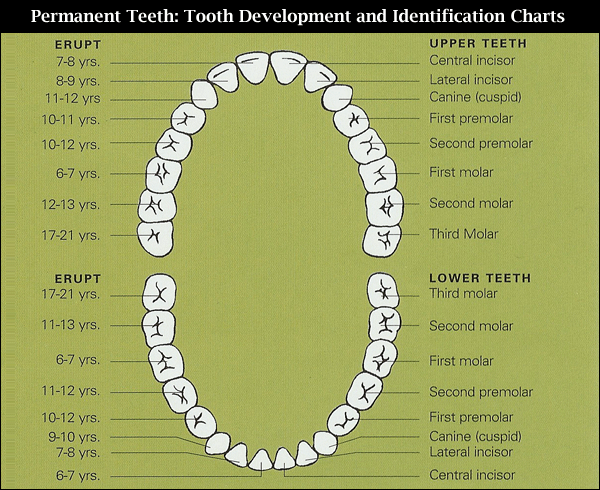Radiate confidence and personal power!
We want you to know there's a well known , extremely well-documented scientific phenomenon called attractiveness effect. You know attractive kids have higher grades, and attractive adults get paid more. Now research shows that personality and grooming can boost high school grade point even more than beauty. This makes senses to us. When you look good, you will feel good.
So, here's how cosmetic dentistry can light up your smile.
If you tray to hide your stained, discolored or dull-looking teeth..you might only need a safe and effective dentist supervised whitening treatment to get rid of stains.
In this modern age, you can even do your whitening treatment in your home!
At-Home Supervised Whitening
Pola-Night-Take Home Tooth Whitening Kit
The Pola night treatment is a take home do-it-yourself kit
to be applied to your teeth in the comfort of your own home.
Steps that your dentists and yourself will perform on your teeth:
Initially, your teeth will be professionally cleaned and polished.
1. An impression of your teeth is taken by your dentist.
2. A perfectly formed mouth guard tray is made for you to take home with your own kit of pola night.
3. Brush and floss teeth. Take a syringe out of the kit.
Remove the cap and insert an application tip by twisting it securely onto the syringe.
4. Place a small drop of gel into every compartment of the tray for the undergoing teeth treatment.
5. Make sure the tray is seated in the mouth.
6. Wipe away excess gel in the mouth with finger, tissue or dry soft tooth brush.
Depending on the level of staining on your teeth, and the health of your teeth, your dentist would have supplied you with Pola Day in either 10%, 16% or 22% carbamide proxide gel concentrations.
This percentage will be marked on the box.
Wear the trays in your mouth for below corresponding times to the percentage of carbamide peroxide in your kit.
10% : 6-8 hours overnight
16% : a) 2 x 40 minutes / day
b) 1 x 90 minutes / day
22% : 1 x 40 minutes / day
7. After treatment, remove tray. Rinse tray and mouth with lukewarm water to avoid sensitivity.
8. Brush teeth. Repeat the procedure for about 5-10 nights/days depending in the level of whiteness you want to achieve.
BEFORE TREATMENT
AFTER TREATMENT












.jpg)

